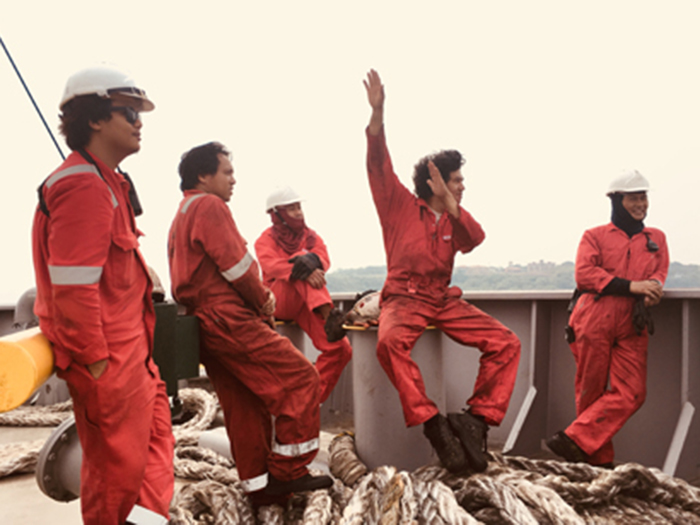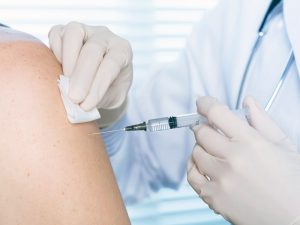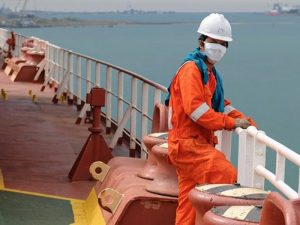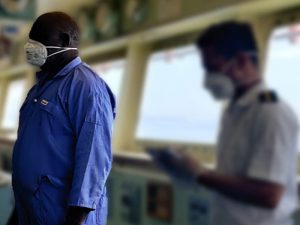
IMO draws up protocols for safe crew changes
Written by Nick Blenkey
IMO says governments and their relevant national authorities should do everything possible to allow crew changes to happen. [Image: IMO]
The International Maritime Organization (IMO) has sent a recommended framework of protocols for ensuring safe ship crew changes and travel during the COVID-19 pandemic to all IMO member-states, the UN and other stakeholders.
Each month, about 150,000 seafarers need to be changed over, to and from the ships they operate, to meet international maritime regulations on safety, crew health and welfare, and to preventing fatigue. However, due to COVID-19 restrictions, large numbers of seafarers are having to extend their service on board ships.
In consequence, the need for ships to change crews and for seafarers to fly home at the end of their periods of service have emerged as two of the biggest challenges facing shipping industry as a result of the COVID-19 pandemic.
IMO urges governments and national authorities to designate all professional seafarers and marine personnel as “key workers” and grant them with the necessary exemptions from the local rules that restrict movement, to allow them to join or leave the ships.
Drawn up by a broad cross-section of global industry associations and with input from International Air Transport Association (IATA), the protocols set out general measures and procedures designed to ensure that ship crew changes can take place safely during the pandemic.
At their heart is a call that, provided shipping companies broadly comply with and adhere to measures applicable to them, governments and national agencies should, do everything possible to allow crew changes to happen.
The wide-ranging protocols contain recommendations to maritime administrations and other national authorities such as health, customs, immigration, border control, seaport and civil aviation authorities. They address the roles of shipping companies, agents and representatives, including crew agencies and seafarers, and extend to seaports, airports and airlines involved in travel operations for ship crew changes.
The document describes protocols on how crews can join a ship, starting at their residence, and how a crew member can disembark and reach home—often in a different country.
“It is an important step that we provide these protocols, to demonstrate that transferring crews can be done safely. It is however down to all the nation states to implement the required measures during a crisis that is still escalating in many locations. It will therefore require continued consultation with governments, to avoid a potential breakdown in supply-chains which will harm everyone,” says Lars Robert Pedersen, Deputy Secretary General of BIMCO, one of the associations involved in drawing up the protocols.
The lack of access to commercial flights is an additional challenge that needs to be solved, says BIMCO.
Download the IMO circular HERE.




